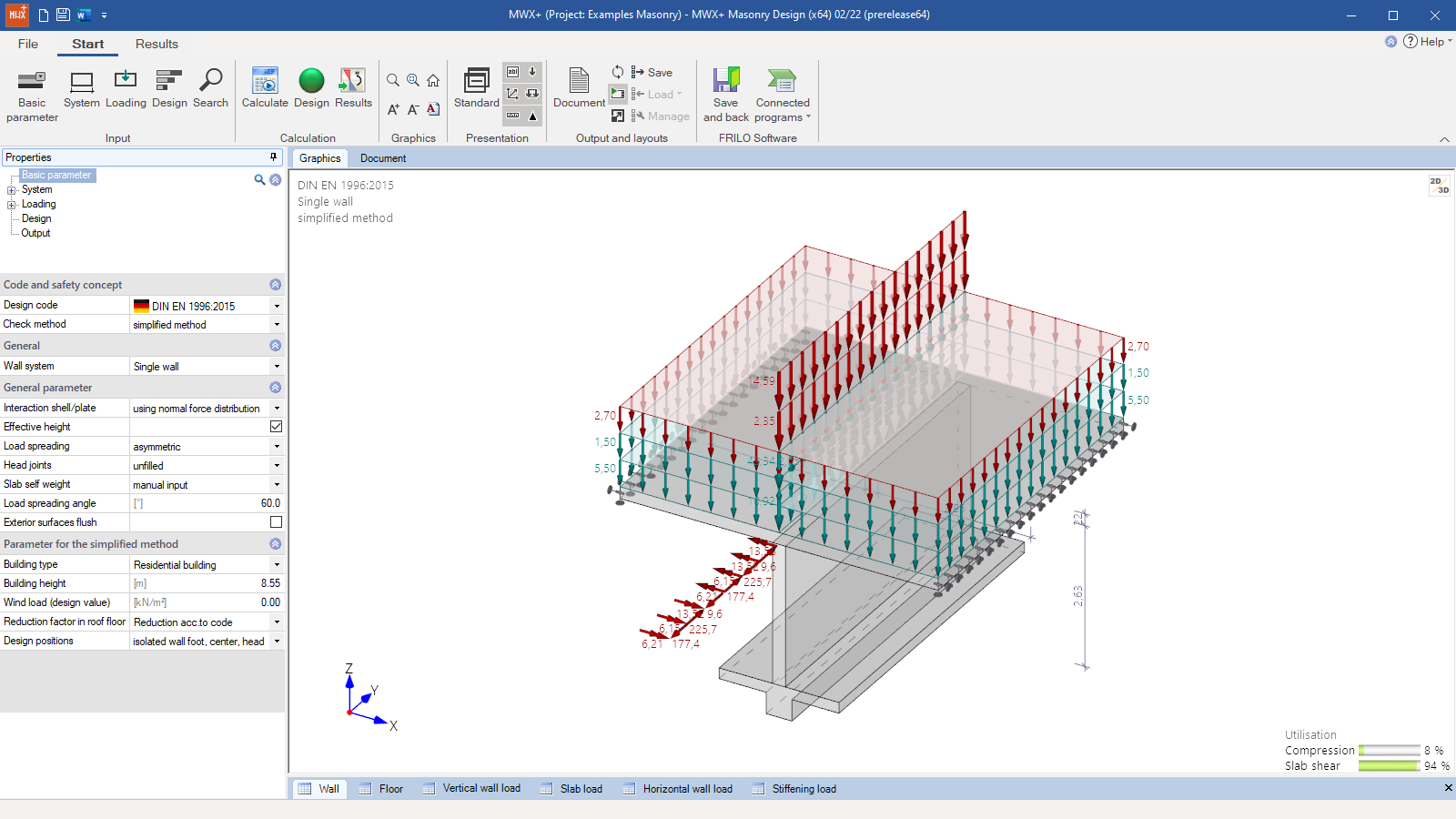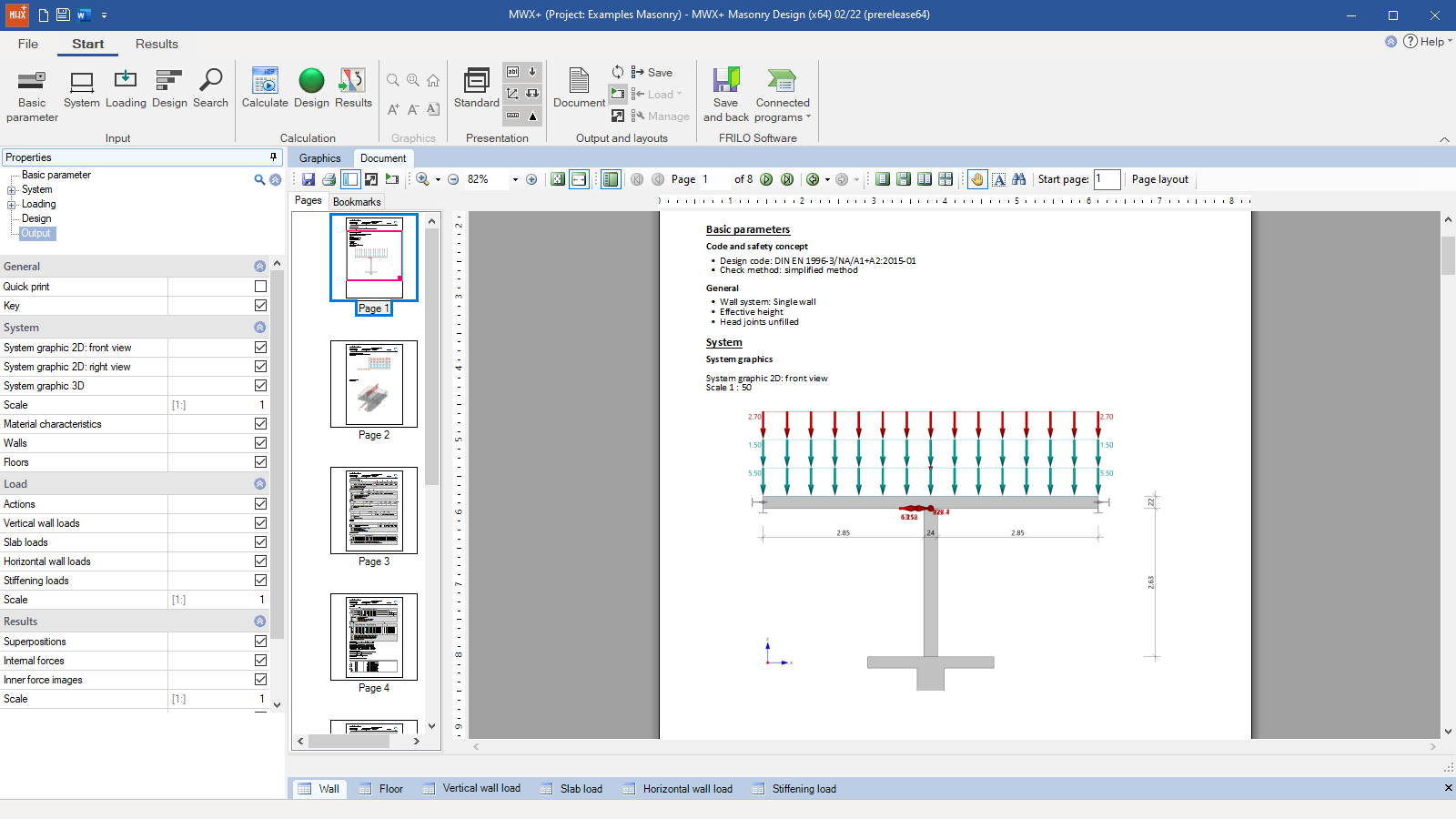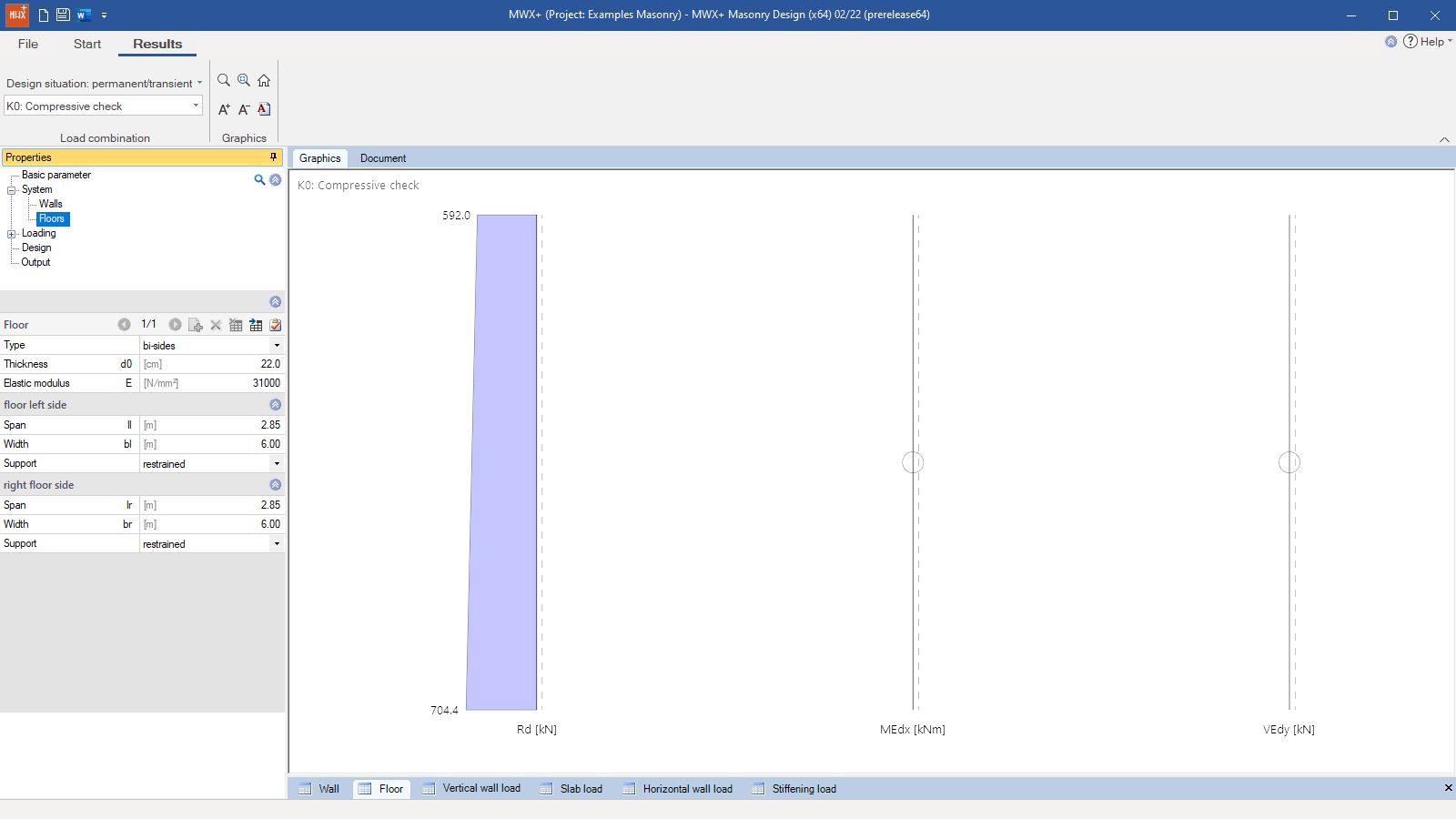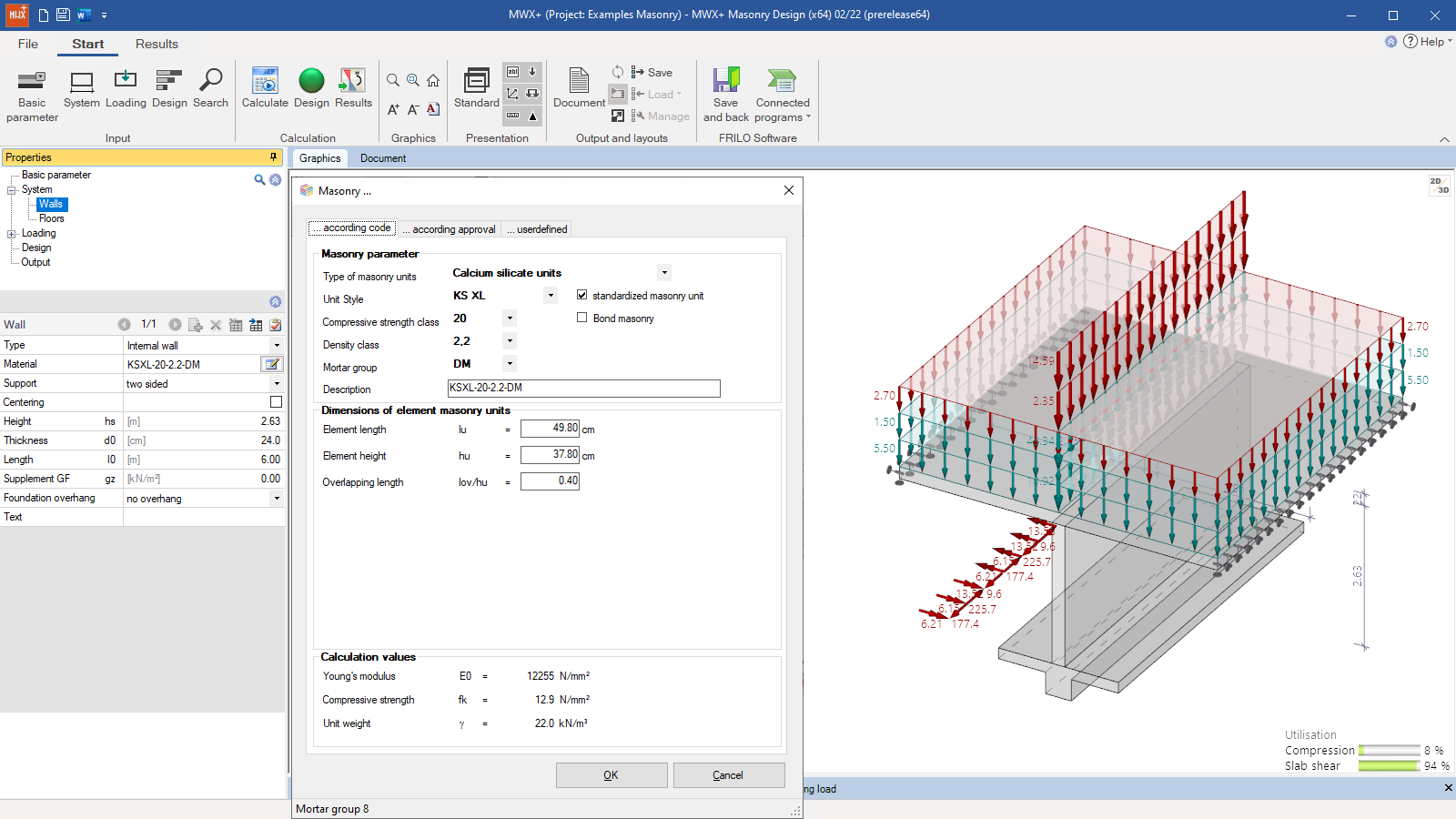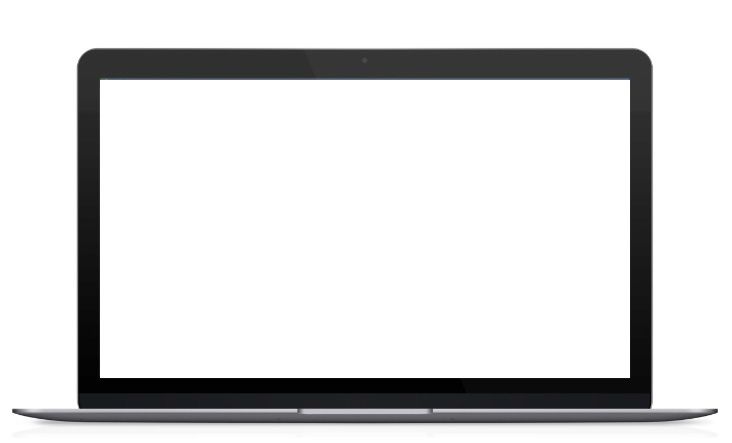
Masonry Design
MWX+
The MWX+ program is used to verify the structural safety of individual walls. In these calculations, the transition to the global structural system is established via corresponding border conditions from the adjoining components (bending stiffness of walls underneath and above the considered wall, supporting conditions of floor slabs on the opposite side of the wall). In addition to individual walls, the user can perform calculations of structural systems that consist of basement walls, intermediate storey walls, and top storey walls.
Moreover, MWX+ allows the user to analyse bracing wall diaphragms loaded by diaphragm-related shear.
Discover now more programs from the section Masonry!
SHOW MOREStructural system
Parameters for:
- Wall types
- Supports
- Storey floor slabs
Loads
- Vertical wall loads
- Floor slab loads
- Horizontal wall loads
- Bracing loads
Particularities
- Verification of individual walls subjected to general loads
- Verification of the diaphragm-related loading
- Detailed material definition
- Manufacturer databases for clay bricks and lightweight concrete units:
- Wienerberge
- Schlagmann Poroton
- UNIPOR
- Kellerer ZMK Ziegelsysteme,
- BV Leichtbeton
- Interactive 3-d graphical user interface
Design
- Simplified method
- More accurate method
- Determination of the utilization factor in the event of fire
Document file formats
- Word
- Printer
Output
- Brief output
- User-defined scope
Transfer options
- Reinforced Raft Foundation FDR+
- Strip Foundation FDS+
- Masonry Design MWX+ (load transfer)
- Masonry Basement Wall MWK+ (load transfer)
- Masonry Basement Wall MWK+ (system conversion, derivation of a basement wall (incl. earth pressure) from an existing MWX item)
- SCIA Engineer interface for design in MWX
Standards
- EN 1996-1-1/EN 1996-3 in combination with the National Annexes (Germany, Austria, United Kingdom, Czech Republic, Netherlands, Belgium, Poland)
- DIN EN 1996-1-2
- DIN 1053-1:1996-11 (2014, global safety concept)
- DIN 1053-100:2007-09 (partial safety concept)
Support resources
News
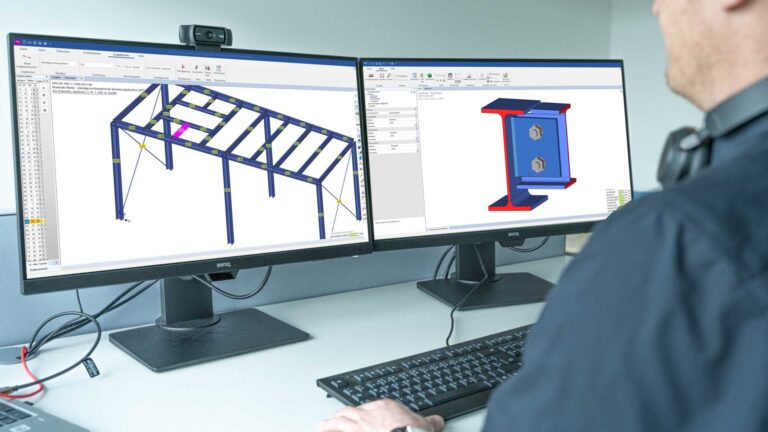
FRILO launches version 2024-2 with powerful updates for structural analysis and design
Highlights include the optimised design of Schöck Isokörbe®, the advanced integration of DC foundation engineering programs into the FRILO environment and new RSX interfaces for detail verifications in steel construction.
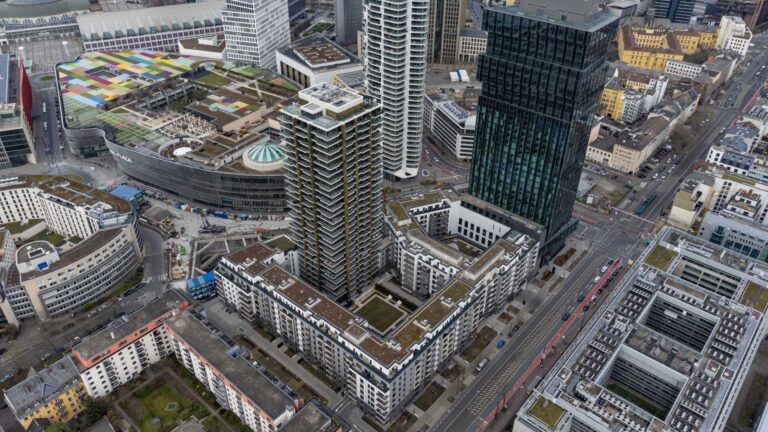
Load determination for eight-floor perimeter block development with FRILO Building Model
Find out how the structural engineers at bauart Konstruktions GmbH determined the loads for an eight-floor perimeter block development in Frankfurt’s Europaviertel district using the GEO from FRILO.

